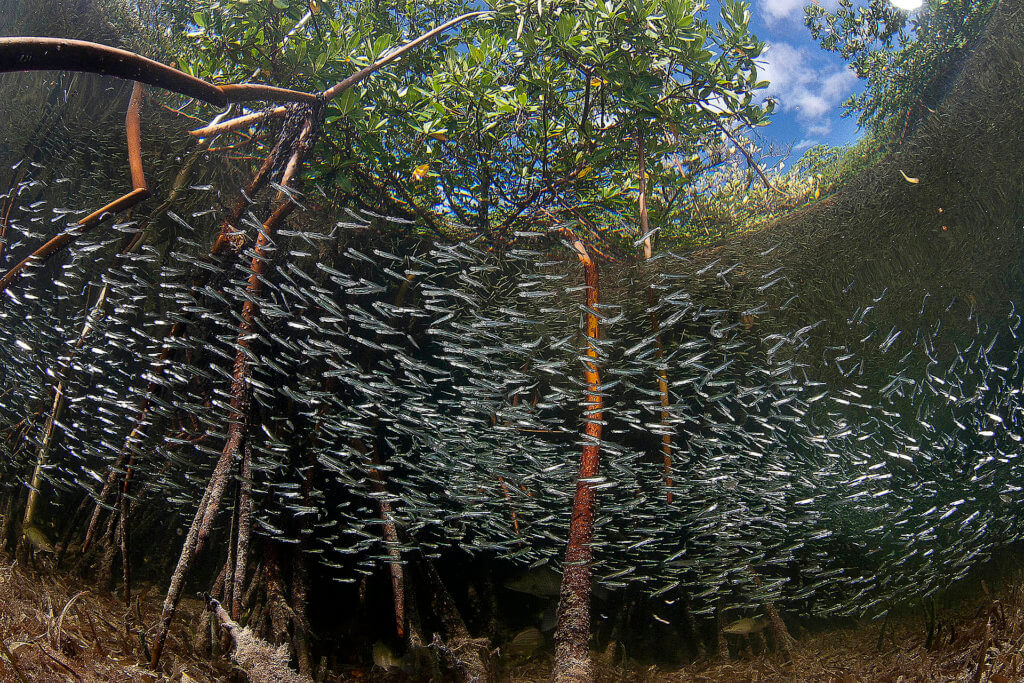Australia’s Role in Restorations and Conservation of Blue Carbon Ecosystems
While the protection of rainforests to mitigate climate change is well known, the role of our oceans does not get as much attention.
Did you know Australia’s blue carbon ecosystems account for 11% worldwide? We have a big role to play in protecting and restoring our blue carbon ecosystems.
If our blue carbon ecosystems are healthy they can help store carbon for millennia. But when they are damaged, they release carbon into the atmosphere and can further contribute to global warming.
Damage to blue carbon ecosystems includes:
- land clearing and coastal developments
- severe weather
- climate change impacts
The above impacts cause ~1% loss of total area each year. The destruction of just 1% of our blue carbon ecosystems equals 2-3 million tonnes of CO² emissions.
In Australia, we have lost half of our coastal ecosystems since European colonisation began. Meaning ~25,000km2 of marsh and mangroves and 32,000km2 of seagrasses are destroyed.
Coastal developments cause further losses each year. Between 2009-13, Queensland lost 82ha of blue carbon ecosystems annually.
Restoring blue carbon ecosystems is one of the most effective and natural solutions for carbon capture. These ecosystems capture CO² for a long period of time and so they play a major role in climate change mitigation.
Our governments, policy makers and industry practitioners must urgently preserve and restore blue carbon ecosystems.
Benefits of Conservation and Restoration of Blue Carbon Ecosystems
Restoring and preserving our blue carbon ecosystems will bring many benefits to Australians and the world.
- Climate change mitigation
- Storm surge protection
- Recreational opportunities such as ecotourism
- Nursery habitat for fish – benefitting commercial and recreational fishers
- Improved water quality
- Financial opportunities to community conducting restoration
What can you do to help?
The Australian Government has developed a carbon farming method through the Clean Energy Regulator. If you are eligible to participate, you can register a project and generate carbon credits for reintroducing tidal waters onto lands by establishing coastal wetland ecosystems.
What is AMCS doing?
AMCS and its supporters are calling for further investment in the conservation and restoration of the UNESCO marine World Heritage sites in the Great Barrier Reef, Shark Bay and Ningaloo-Exmouth Gulf catchment areas. In addition, we need the protection of existing blue carbon habitat, as a significant opportunity to mitigate climate change, improve biodiversity and water quality entering our precious Reefs.
AMCS is also asking the federal government to accelerate the development of a quantifying methodology of ecosystem restoration, so that blue carbon can be counted towards Australia’s Paris Agreement targets. This will accelerate and further incentivise land owners to participate in restoration projects.
We must protect and restore our blue carbon coastal and marine ecosystems. Healthy oceans are central to the fight to save our planet.
